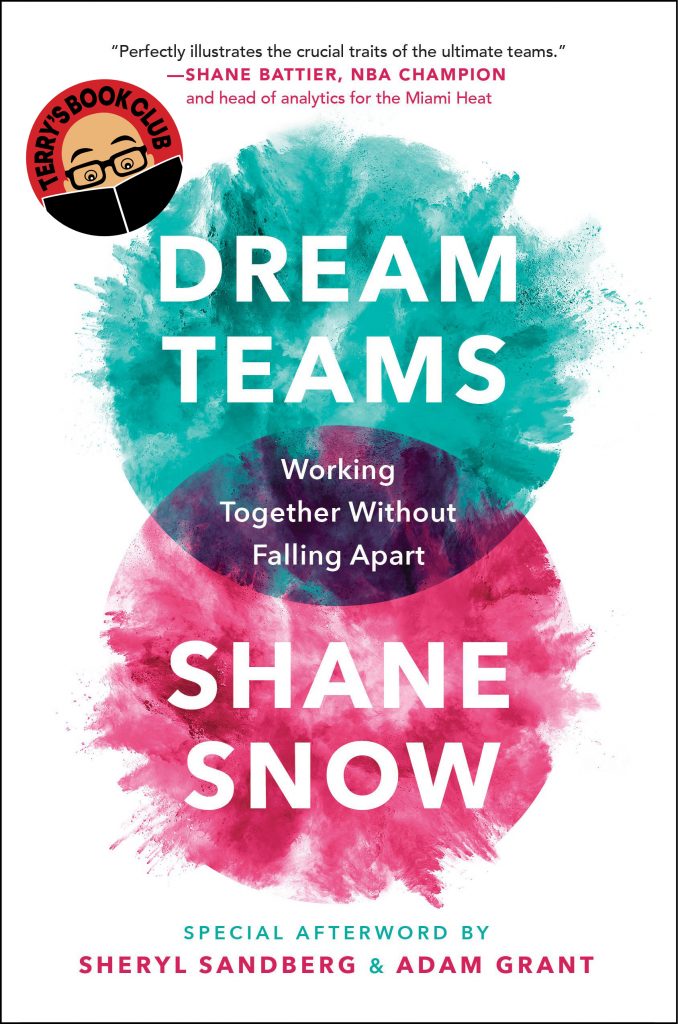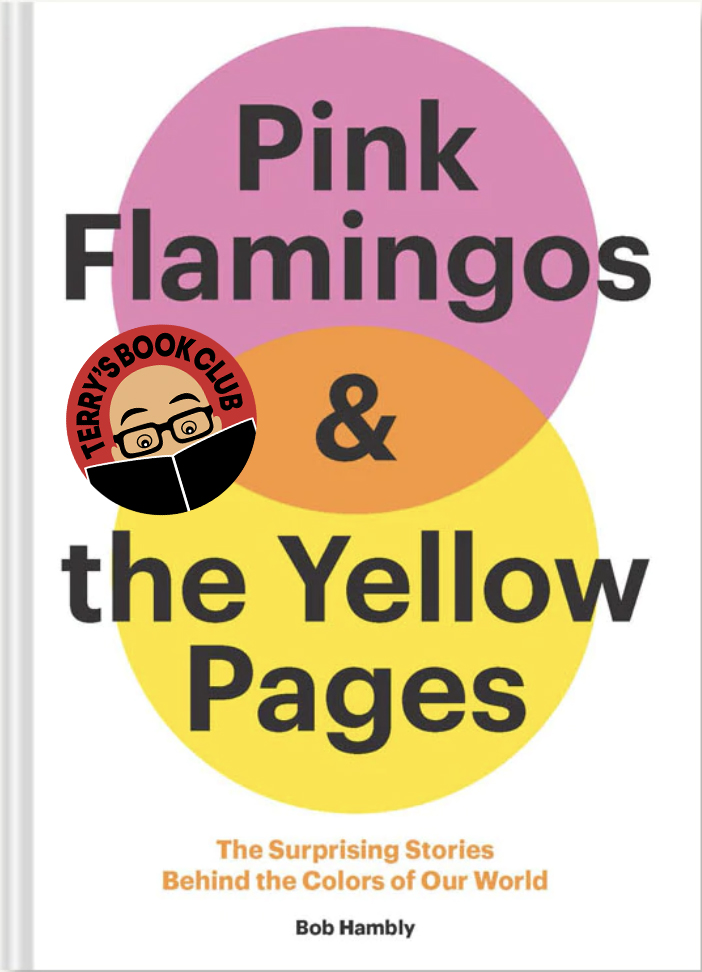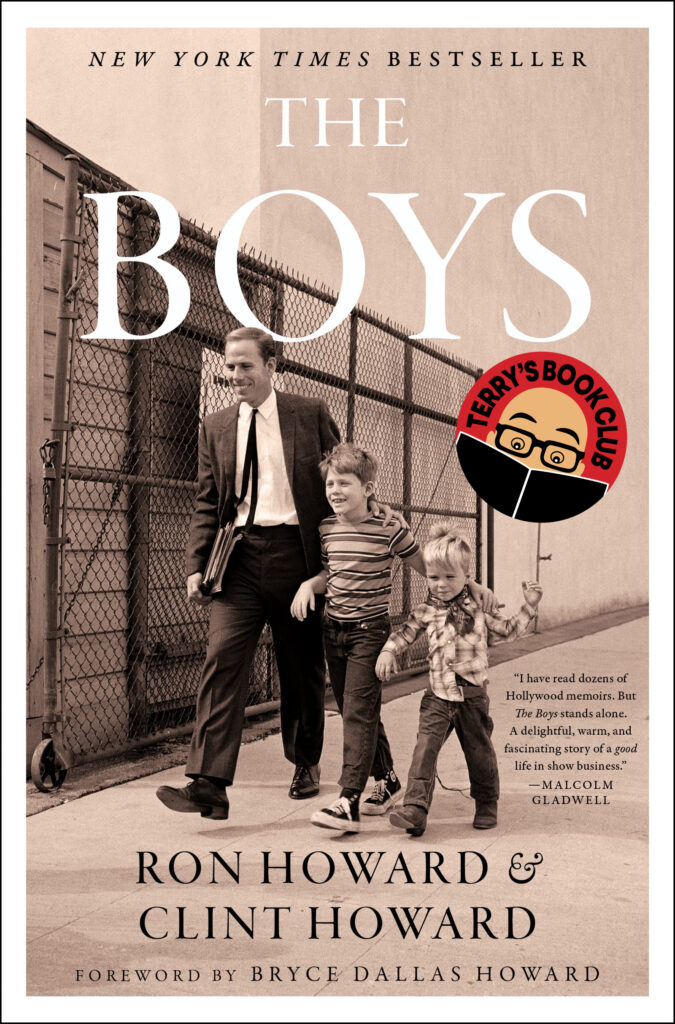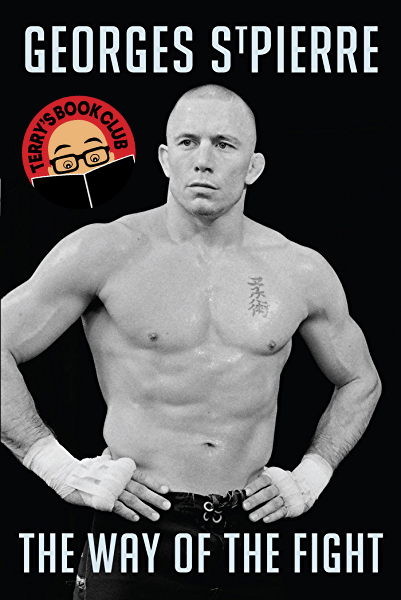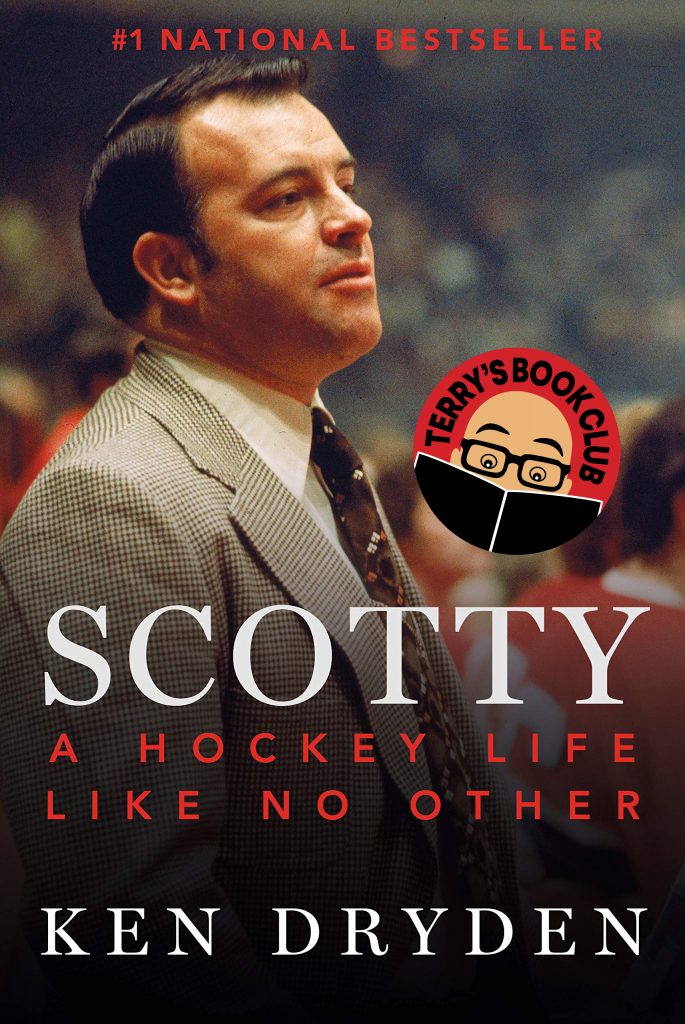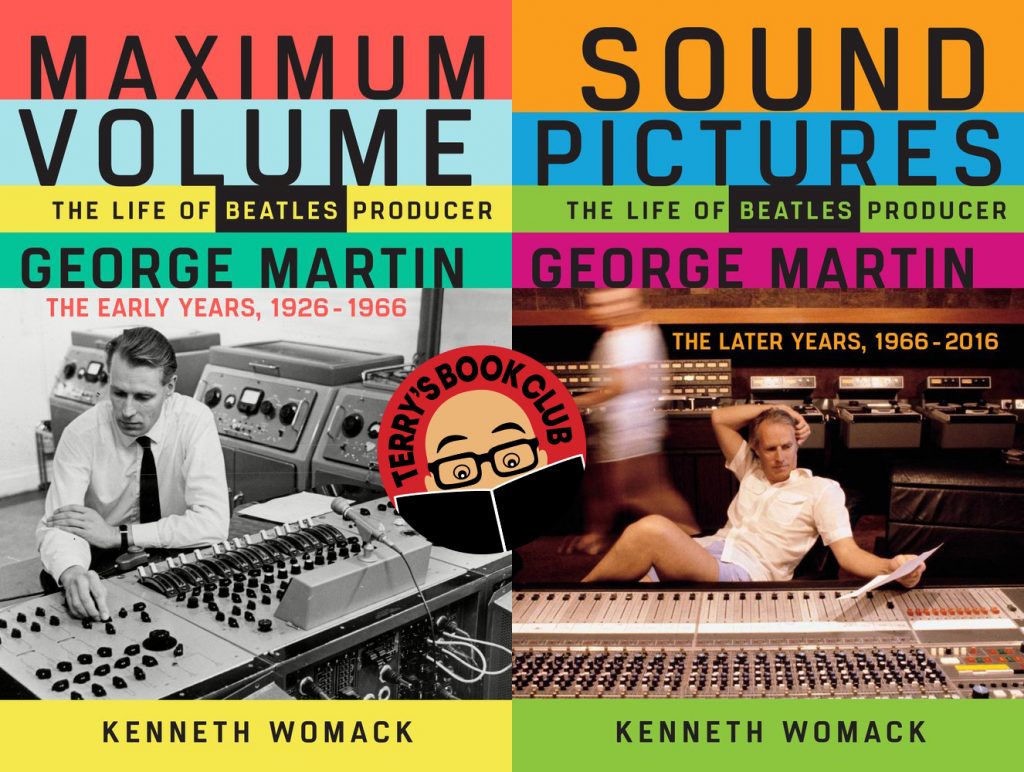I have been a member of teams over the entire course of my career.
The creative departments of advertising business are structured to be team-focussed. Writers are teamed with art directors. As a writer, I worked with a number of very talented art directors over the years.
Some partnerships were better than others. So much has to click into place when it comes to teams.
I have come to the conclusion teams work best when the partners bring totally different points-of-view to the party, but they must share the same sense of humour.
In the book Dream Teams, author Shane Snow shares a similar philosophy. He believes there must be tension in partnerships. The sparks thrown off by that tension results in great creative work. He feels that “between inertia and destruction lies a zone of possibility.”
Snow tells many insightful stories about successful teams and what made them so fruitful. For example, Orville and Wilbur Wright would argue at full voice, alarming their neighbours. Then they would switch sides and argue the other side at full volume. They did that to decouple their personal egos from the problem at hand. They were only interested in finding the best solution.
Creative tension.
That’s a very interesting viewpoint that permeates this intriguing book. Most companies love to talk about “best practices” and CEOs are forever strutting about “corporate methodology.” The problem is that it often leads to groupthink. And patterned thinking eliminates creative friction.
Snow maintains teams that contain a naysayer or a minority viewpoint solve more problems. These “angelic troublemakers” stimulate creative tension. If you take that philosophy to its logical conclusion, teams should be made up of great diversity. Not homogeneity.
If you are part of a team or especially if you hire and lead teams, this book will change the way you look at teamwork.
Top 3 Reasons To Read This Book:
1. Snow argues that great teams must have “intellectual humility” – meaning a willingness to change their viewpoint without freaking out. They must have the capacity to be able to detect the validity of an opposing argument.
2. He believes the best companies create a “culture of curiosity” – always looking for a new way – instead of settling into a comfort zone.
3. Most of all, smart companies have to recalibrate the way they view provocation. Teams that have an element of tension exhibit the most originality.

